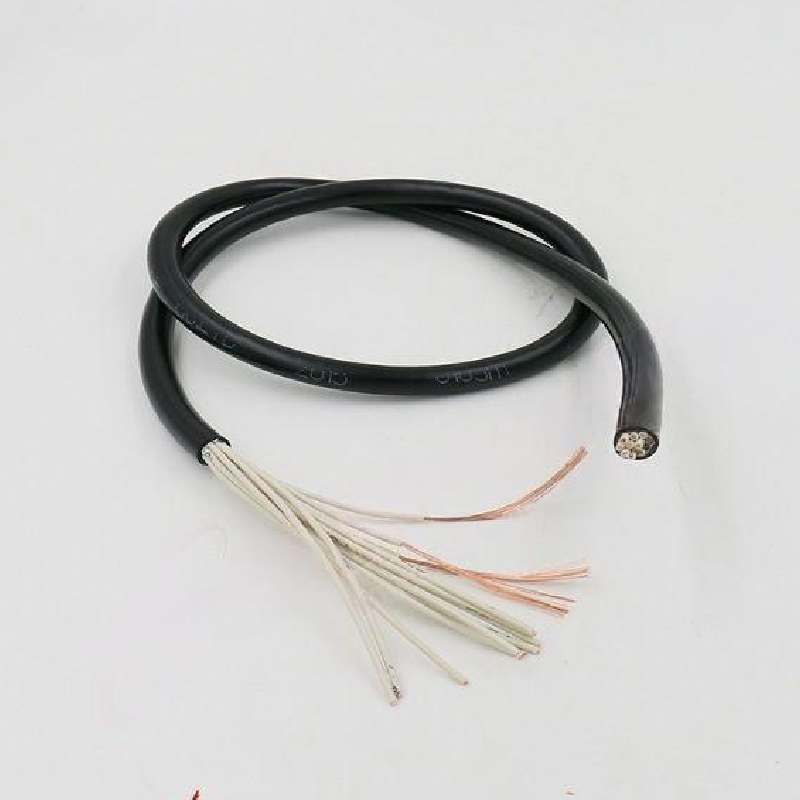ഡിസം . 05, 2024 03:14 Back to list
foot valve
Understanding the Foot Valve Essential Component of Fluid Systems
A foot valve is a critical component used in various fluid and pumping systems. Typically positioned at the bottom of a suction line, a foot valve functions as a one-way valve, allowing liquid to flow into the pump while preventing backflow when the pump is not in operation. This article aims to explore the importance, functionality, applications, and maintenance of foot valves, shedding light on their role in diverse industries.
The Importance of Foot Valves
Foot valves are crucial in systems where water or other fluids need to be drawn from a well, reservoir, or any body of liquid. By ensuring that fluid remains within the suction line, foot valves prevent air from entering the system, which could lead to pump cavitation or failure to prime the pump. In essence, a foot valve acts as a safeguard, ensuring the smooth operation of pumps and systems dependent on fluid dynamics.
How Do Foot Valves Work?
Foot valves are typically equipped with a strainer and a sealing mechanism, often a flap or a ball. The design allows fluid to enter the pump while sealing off the line when the pump shuts down. When the pump operates, the pressure differential forces the valve to open, allowing fluid to flow into the pump. Conversely, when the pump stops, the valve closes due to gravity or a spring mechanism, creating a seal that prevents backward flow. This operation is fundamental in maintaining consistent fluid levels, ensuring that pumps operate efficiently without the risk of air infiltration.
Applications of Foot Valves
foot valve

Foot valves are widely used across various sectors 1. Agriculture In irrigation systems, foot valves help draw water from sources like wells or ponds. They ensure that pumps can continue operating without the need for constant priming. 2. Industrial In manufacturing and processing plants, foot valves are used in coolant systems, cement mixing, and other applications requiring the continuous movement of fluids. 3. Mining Foot valves are employed in dewatering systems, ensuring that cumulative water does not interfere with extraction processes. 4. Marine In boats and vessels, foot valves are crucial for bilge pumps, helping in water management and preventing flooding.
Given their diverse applications, foot valves are available in various materials, including PVC, brass, and stainless steel, offering resistance to corrosion, wear, and other environmental factors.
Maintenance of Foot Valves
Regular maintenance is vital to ensure the reliability and longevity of foot valves. Here are some essential maintenance tips
1. Inspection Periodically check the foot valve for wear and damage. Look for signs of corrosion, particularly in metal valves, and ensure that the strainer is clear of debris. 2. Cleaning If the strainer becomes clogged, it can limit flow and lead to pump inefficiencies. Regular cleaning of the strainer is crucial for optimal performance. 3. Testing Functionality Conduct tests to ensure the valve operates correctly. This includes checking the sealing mechanism to ensure it closes properly and prevents backflow. 4. Replacement If a foot valve is found to be defective or damaged, it should be replaced immediately to avoid larger issues in the pumping system.
Conclusion
Foot valves serve as an integral component in various fluid systems, ensuring efficiency and reliability in operations. Their ability to maintain fluid levels and prevent backflow is essential for the functioning of pumps in diverse applications. Whether in agriculture, industry, mining, or marine environments, understanding and maintaining foot valves is key to ensuring that these systems operate smoothly and effectively. Proper care and regular inspections will help extend the life of foot valves, contributing to overall operational efficiency. As technology advances, foot valve design continues to evolve, promising even greater reliability and functionality in the future.
Share
-
Advanced Technology in Wire and Cable FactoryNewsAug.19,2025
-
Applications of Ball Check Valve in Water Treatment PlantsNewsAug.19,2025
-
How Osy Gate Valve Ensures Leak - Tight SealingNewsAug.19,2025
-
Selection Criteria for Wafer Type Butterfly ValveNewsAug.19,2025
-
Threaded Ball Valve Pressure RatingsNewsAug.19,2025
-
Y Strainer PN16 Cost - Effectiveness AnalysisNewsAug.19,2025


